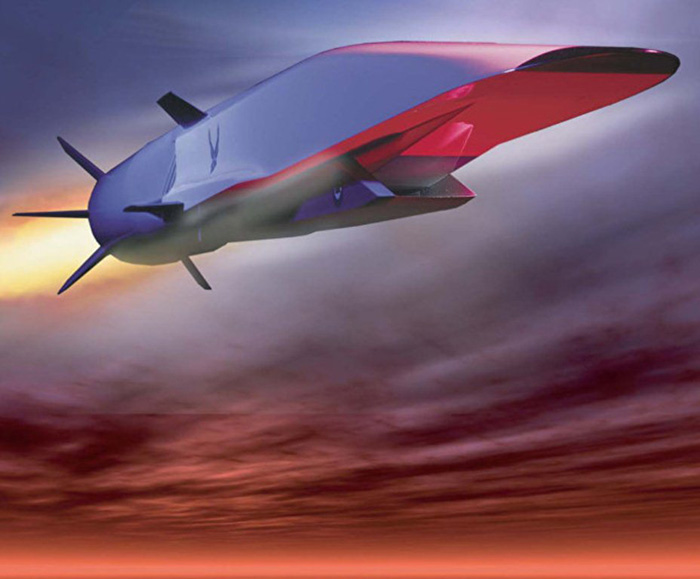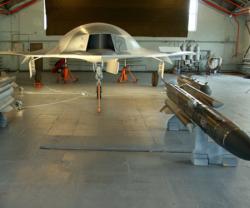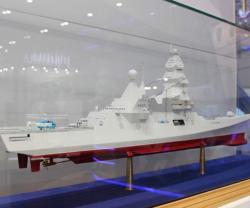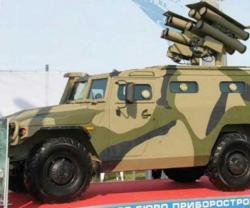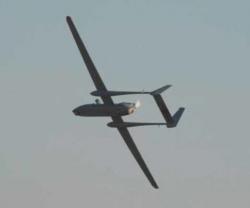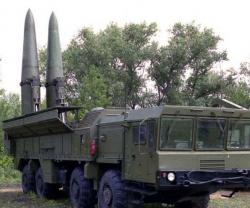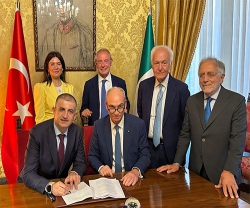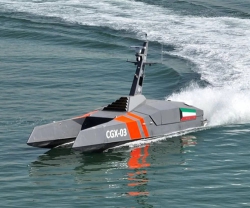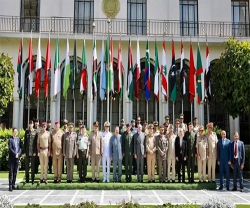Hypersonic missiles can speed up to around 5 kilometers a second (Mach 15) in the upper layers of the atmosphere not only when sitting on top of Intercontinental Ballistic Missiles (ICBM), but also when launched from strategic bombers, Arsenal of the Motherland editor-in-chief Viktor Murakhovsky told RIA Novosti.
According to media reports, a hypersonic missile capable of flying at a maximum 7 kilometers a second was successfully tested in Kamchatka in the Russian Far East. Accelerated by an ICBM booster rocket, the new missile is able to generate maximum speed only in the upper layers of the atmosphere.
“The missile is launched by an ICBM booster, but launches from supersonic strategic bombers are not ruled out either,” Murakhovsky said.
He added that after being taken to the designated launch area by a supersonic strategic bomber, the new missile would be able to travel at hypersonic speeds on the strength of its onboard engines.
“This apparatus will certainly rely on its own propulsion and work on such engines is now ongoing. ‘Detonation burn’ is the kind of process that allows it to reach such speeds,” Viktor Murakhovsky explained.
Earlier this month, the state-run Fund for Perspective Research announced that Russia is one of the first to provide new materials to allow fly jets at hypersonic speeds.
“Materials must withstand temperatures of 1,500 degrees Celsius (2,732 degrees Fahrenheit) and more for a prolonged period of time. Conventional materials, such as high-strength steel, melt at these temperatures. This is addressed by creating innovative composite materials based on carbon fibers. There has been considerable progress in this sphere, and Russia is one of the world leaders,” the Fund said in a statement.
The Fund for Perspective Research, a foundation set up by the Russian government to finance high-risk tech projects, said Russian aviation scientists were working simultaneously at several challenging tasks associated with hypersonic flight, which is highly greater than flights at a supersonic speed.
Flying at a hypersonic speed at a height of up to 30 miles and low atmospheric pressure creates forces that interfere with the steering and must be addressed, according to the fund. Another challenge is creating a powerful enough jet engine, something Russia has been actively researching for the past two decades.
Moreover, hypersonic flight presents a problem for air-to-ground communication since high hypersonic speeds wrap the moving object up in an electrically charged plasma “cocoon” that shields the aircraft from radio waves. This means that scientists need to either think of a way of using plasma as a conductor or place antennas in the tail of the plane.
These and other scientific problems are being researched at over 40 state laboratories run by Russia’s leading universities, scientific research institutes and defense industry corporations. The Fund for Perspective Research is collaborating on more than 50 technological projects.

